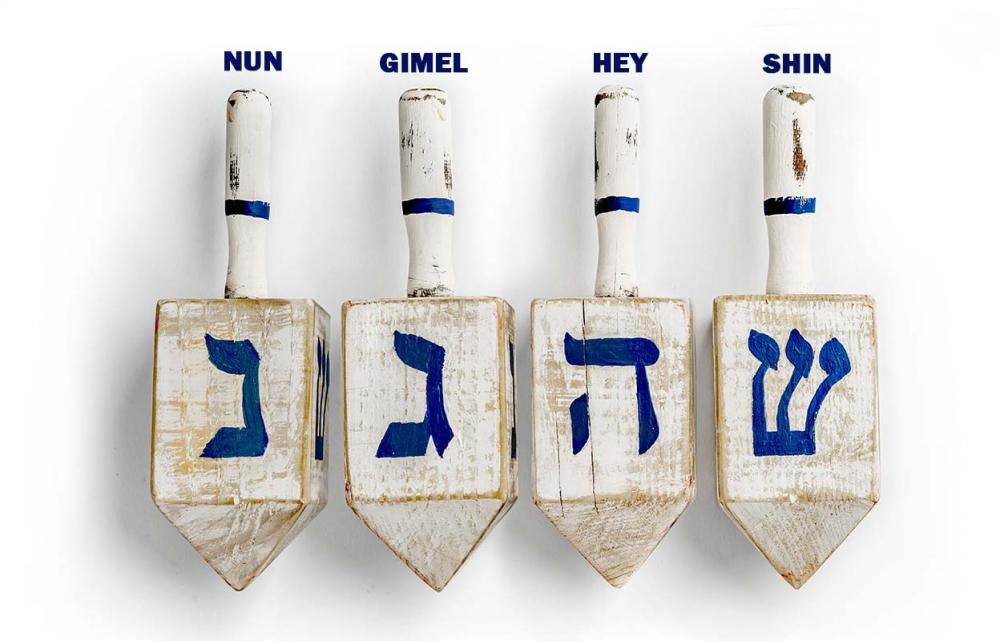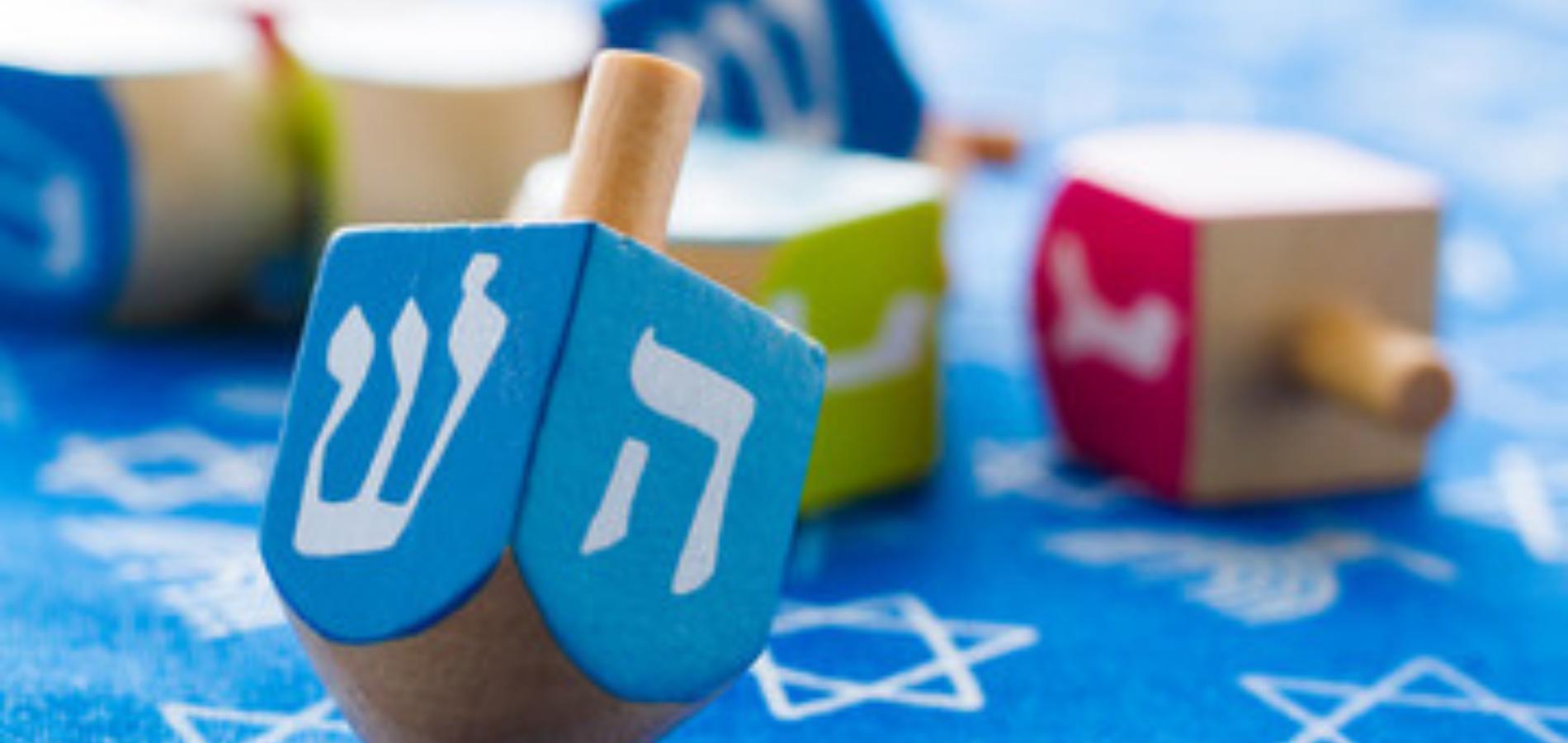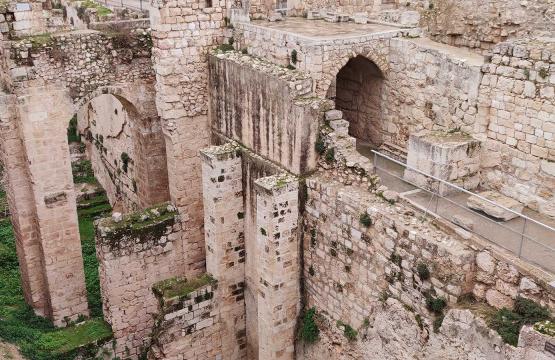Playing the dreidel game is a favorite Chanukah tradition among children. It’s not just a game; it also commemorates the Chanukah miracle.
A dreidel is a four-sided top that is spun to win prizes. They come in a wide variety of designs, from small plastic toys to elaborate artistic creations of carved wood or cast metal. Each side of the dreidel contains a letter that has two meanings. The first significance is that each letter represents a word in the sentence, “A great miracle happened there.” In Israel, the letter for “there” is replaced with a letter for “here,” conveying that “a great miracle happened here.” The letters also represent Yiddish words indicating actions to take in the game.
Players begin with a stash of chocolate pieces wrapped in gold or silver to look like coins. The chocolate pieces are called gelt, the Yiddish word for money, and they often come in a small bag resembling a coin pouch. Chanukah gelt recalls the hard-earned independence won by the Maccabees when they fought the Syrian rule. After the victory, the Jewish people were allowed to mint their own coins, a sign of their freedom and self-governance.
Chanukah gelt also represents the importance of celebrating Chanukah’s miracle. The Talmud, a collection of Jewish oral tradition interpreting the Torah, states that the Chanukah lights must burn even if one can’t afford the oil or candles. The custom of giving gelt to the poor at Chanukah grew out of the desire to enable them to acquire the candles they needed without feeling ashamed.
To play the dreidel game, players contribute gelt to a central pot and take turns spinning the dreidel. When the dreidel falls, the letter landing face up indicates what the player wins or must do. The letters and meanings are:
- The Hebrew letter Nun represents the word Nes (great) and the Yiddish word Nit for “Nothing,” meaning the player wins nothing on that spin.
- The letter Gimel represents the word Gadol (miracle or praise) and the Yiddish word Gantz for “All,” and the spinner wins all the coins in the pot.
- The letter Hey represents the word Hayah (happened) and the Yiddish word Halb for “Half,” and the player wins half of the coins in the center.
- The final letter on the dreidel differs between Israel and the Diaspora - the places throughout the world where the Jewish people have dispersed. In the Diaspora, the Hebrew letter Shin represents the word Sham (there) and the Yiddish word Shtell for “Put.” In Israel, the Hebrew letter Peh represents the word Po (here) and the Yiddish word Pei for “Pay.” If the dreidel lands on this side, the player must put one coin into the pot.

When the pot is empty, players each put in another coin. The game ends when one person has won all the coins.
The dreidel game is not only fun, but it’s also a great way to teach the meaning of Chanukah.






